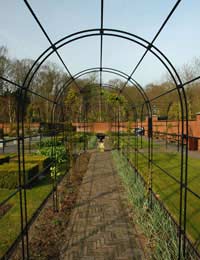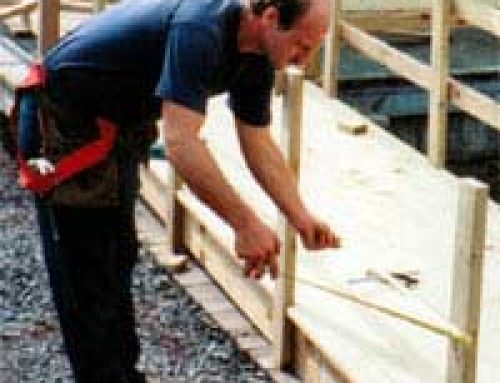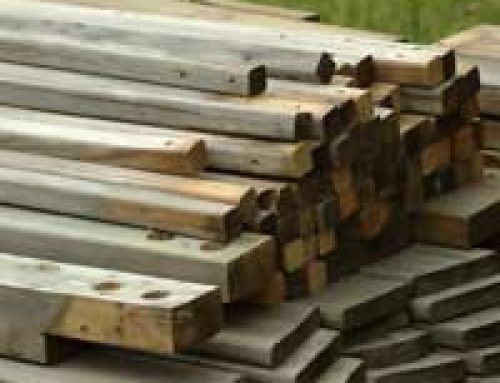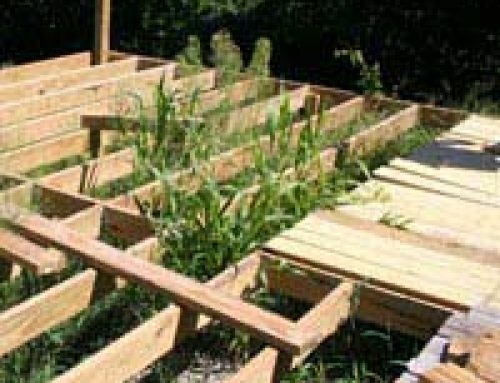
Pergolas, arches and trellises are unbeatable additions to any patio, terrace or pathway, adding new height to the vertical dimension, while offering shelter, seclusion and a perfect support for any number of climbing plants.
As architectural as they are functional, they can be made with simple, clean lines to suit the most informal of gardens or as intricate and ornate as you wish, making the basic idea adaptable to any landscape design.
Planning and Building a Pergola
Originally the word “pergola” was used to describe a covered walk-way bounded by trellis-work and covered with plants, but it has since come to apply to any structure formed from uprights and crossbeams which acts as a support for climbers. This makes a pergola – in the modern sense – a wonderfully versatile feature, whether forming exactly the sort of long covered path the term once meant, in a large garden or little more than a canopy in a more modest plot.
The materials needed to construct a pergola are very simple and readily available from most garden centres, DIY stores or builders’ merchants – especially since sawn and pressure treated timber has largely supplanted traditional rustic poles as the most popular choice.
If the pergola is to be free standing on grass or straddling a path, the support poles will need to be set firmly – at least 2 feet (60cm) deep into holes filled with hardcore and concrete. Pergolas for patios can be supported either by special, purpose-made metal brackets, or held within a brick sleeve – which avoids the necessity of cutting holes through the existing paving floor.
Many pergolas today are made using easily sourced 4 inch (10cm) square, sawn timber poles throughout, though some people prefer to use 2 inch x 6 inch (5cm x15cm) ready notched cross-beams. So long as the structure is securely fixed and strong enough to support the weight of plant material it is destined to carry, the choice of materials and finish is largely a matter of personal taste. While many opt for hardwoods such as oak, softwoods are perfectly adequate, so long as they have been properly pressure treated to protect them from rotting.
As a general guide, pergolas need to be at least 8 feet (2.5m) tall to provide enough headroom once the plants have become established, and those spanning walkways need to be made wide enough to accommodate the bulk of foliage on either side.
Arches and Trellises
Arches can be particularly effective over gates and entrances, providing a good support on which to train a variety of climbing plants – particularly roses and clematis. The choice or materials for creating an arch is much the same as for a pergola – and many garden centres now sell ready made versions in wood, plastic and covered metal, making it quite simple to find the right style to harmonise with the rest of the garden. Rustic poles – often larch or fir – with or without their bark remain a popular choice for arch construction, especially for the cottage garden look.
Trellises provide both decorative and practical features and can be fixed on or on top of walls or fences, or alternatively used free-standing, to form screens or wind-breaks in their own right. Principally made from wood, trellis-work is available in a range of qualities to suit its various uses, the lighter weight types being ideal for supporting plants against an existing wall, while using trellising as a stand-alone calls for the more robust, heavy-duty versions. Trellis panels come in a variety of sizes and shapes, most commonly as either extendable diamond-shaped lattices, or rigid square sections.
Festooned with carefully selected climbers, pergolas, arches and trellises can provide perfect living screens to add a measure of privacy and extend the available growing area. Although their primary function is decidedly functional, with a little careful planning and imaginative planting there is nothing to stop them becoming bold and interesting features in their own right. While they do demand a measure of routine maintenance to stay in perfect condition, the benefits they can bring to any garden make them well worth the effort.




Leave A Comment